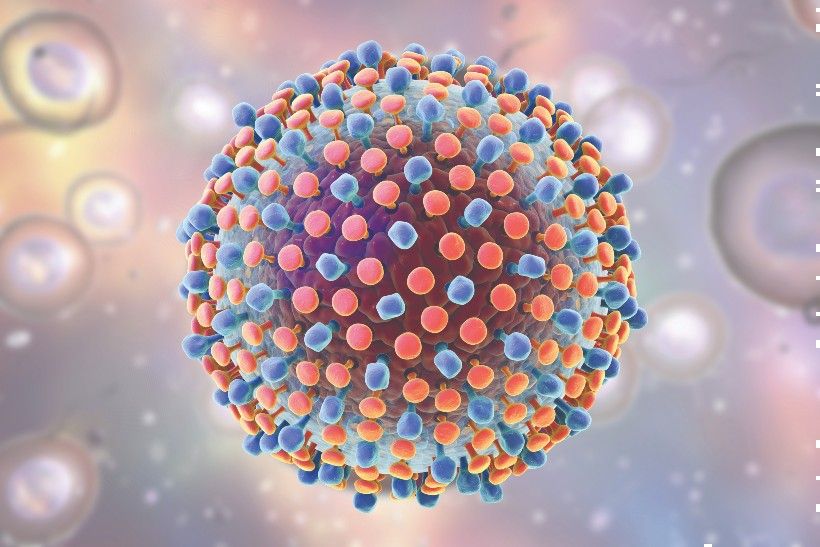Shortening the time to read the OraQuick HCV antibody test from the recommended 20 minutes to 5 minutes reduced false positives by 13% but missed 2.5% of viremic individuals, in a nested study1 within the QuickStart2 crossover trial of different same-day test-and-treat strategies.
The investigators had sought a means to reduce false positives in hepatitis C virus (HCV) rapid antibody screening and the costly RNA testing that follows a positive screen, as well as to shorten overall wait time in an effort to increase acceptability of test-and-treat.
The QuickStart study was conducted in Australia, which funds unrestricted access to direct-acting antivirals (DAAs) irrespective of disease stage or risk behavior, to identify strategies to counter declining rates of testing and treatment.
The investigators note that the reading at 20 minutes is positive for a greater range of antibody levels, including low levels from prior infection in non-viremic individuals, while the reading at 5 minutes is reactive to the higher levels of antibodies corresponding to viremia.This nested study examined the balance between efficiency and accuracy of the rapid antibody testing.
“The feasibility of this approach (5 minute reading) for hepatitis C elimination efforts in cohorts with resolved infections on prior treatment remains uncertain due to the potential for false positives,” Katie Heath, MA, MSc, DPhil, Burnet Institute, Melbourne, Victoria, Australia, and colleagues explained.
Study participants were adults who were at risk of HCV infection for having injected drugs at least once.They were also attending a participating primary healthcare clinic, and had not previously received DAA and/or interferon-based therapy.
The investigators found that among 298 participants, the 20-min OraQuick test was positive for all 79 viremic and 156 non-viremic individuals.At five minutes, positive results decreased to 77 (97.5%) of viremic and 135 (87%) non-viremic individuals with positive 20-minute results.
“Using a five-minute result to trigger RNA testing would have reduced unnecessary RNA testing by 13% in our cohort at the cost of missing 2.5% of viremic individuals,” they reported.
The balance between efficiency and accuracy may be weighed differently within different contexts, and the investigators suggest that the utility of an HCV testing approach in populations with complex health needs and retention challenges goes beyond predictive accuracy.
What You Need to Know
Reading the OraQuick HCV antibody test at 5 minutes instead of the recommended 20 minutes reduced false positives by 13%, but missed 2.5% of viremic cases, potentially delaying needed treatment for some individuals.
Shortening the wait time for results may enhance acceptability and engagement in test-and-treat programs, especially among people who inject drugs, who may face barriers like distrust of healthcare systems or unstable access to care.
The authors propose a dual-read approach: use the 5-minute result to trigger RNA testing and interpret 20-minute-only positives as past (resolved) infections. This could streamline large-scale HCV screening while reducing unnecessary follow-up testing and costs.
“People who inject drugs often face concurrent health issues and negative past healthcare experiences. Five-minute rapid antibody testing administered by nurses at the point of care provides prompt, visible results and expedites reflexive RNA testing, which may increase engagement,” they argue.
They also propose the five-minute read time as an adjunct to the 20-min OraQuick test, with RNA confirmatory testing following positive results at five minutes and interpreting results which are only positive at 20 minutes as reflecting resolved infections.
“This dual approach could streamline diagnosis, increase throughput in large screening programs, and lower costs through reducing unnecessary RNA testing for non-viremic individuals,” they suggest.
Heath and colleagues call for “context-sensitive rapid-testing,” particularly in marginalized groups like people who inject drugs, and for further research on screening that accounts for previously resolved infections.
References
